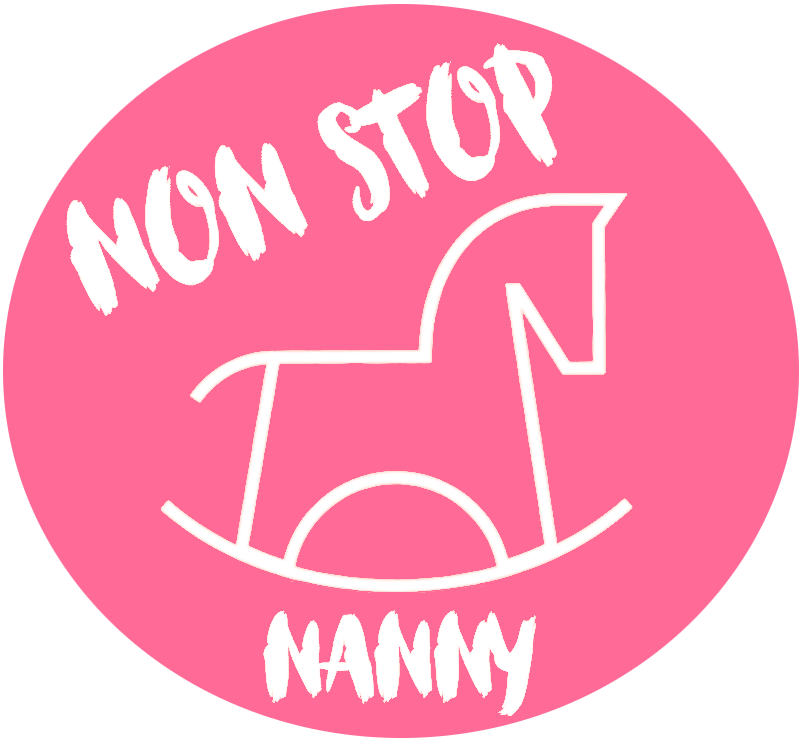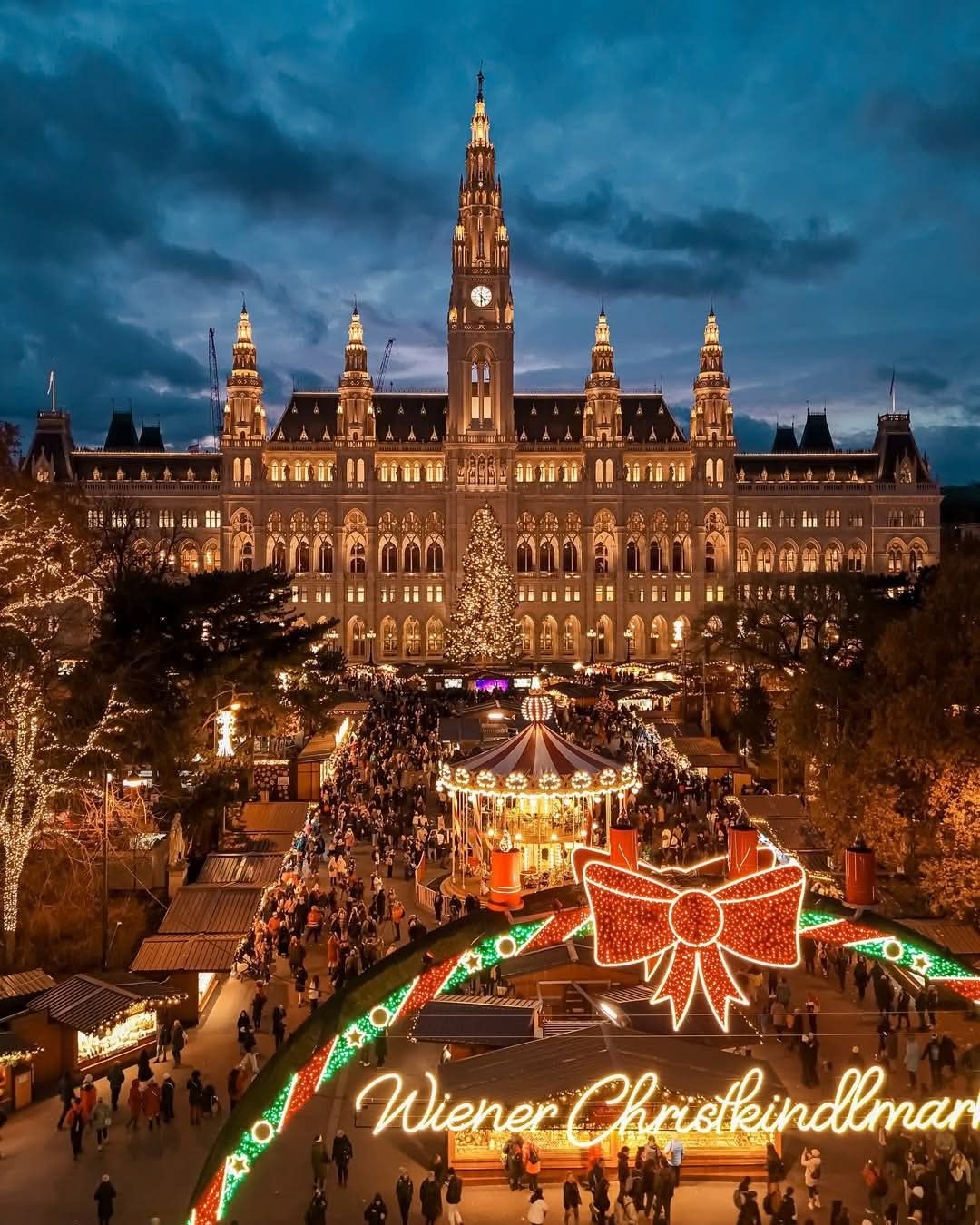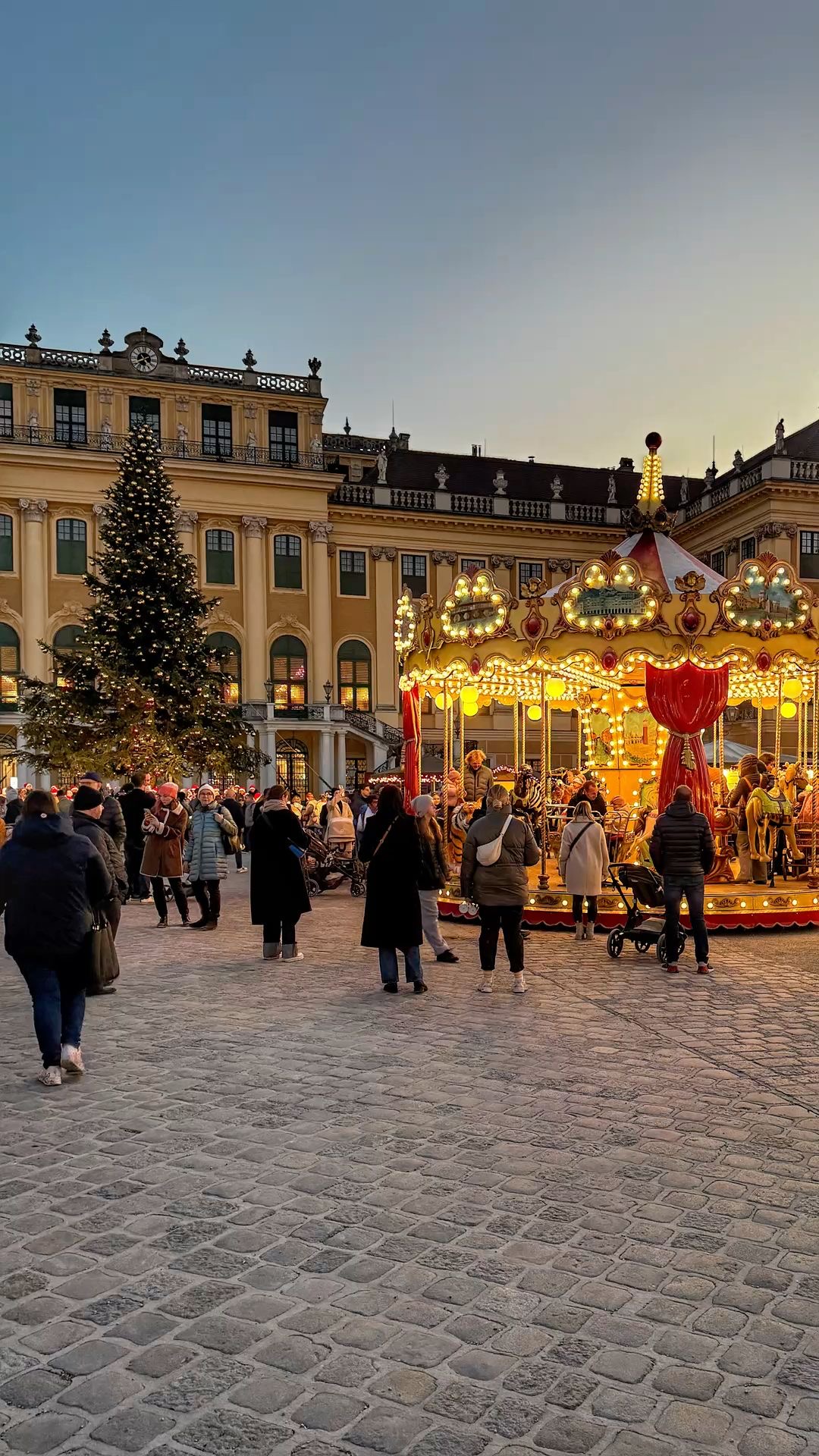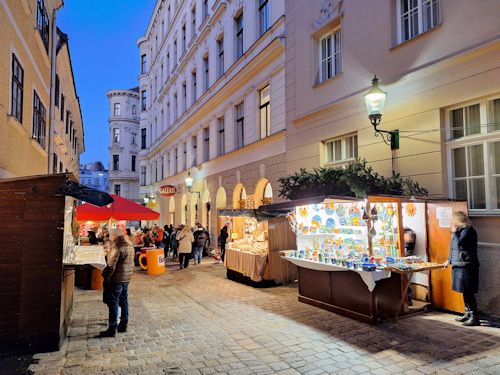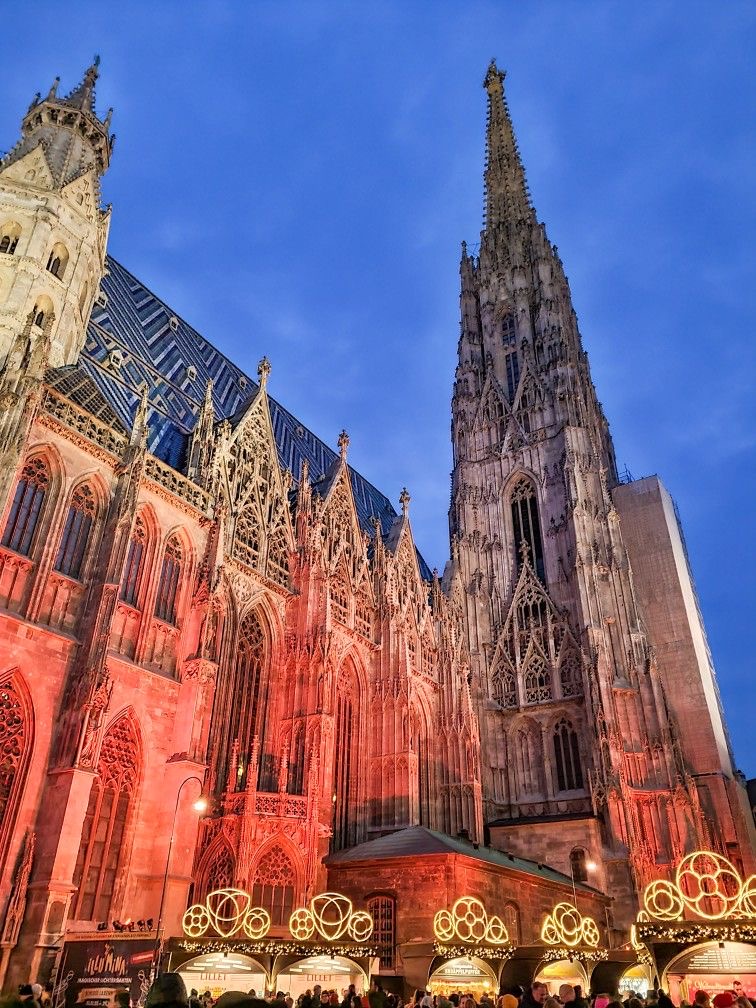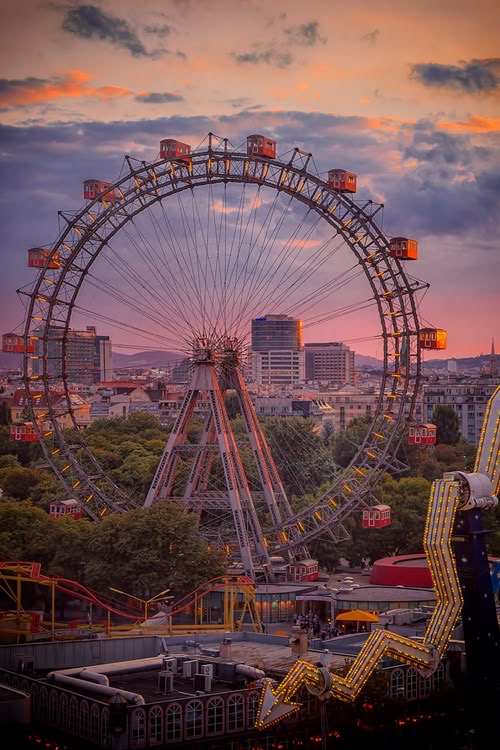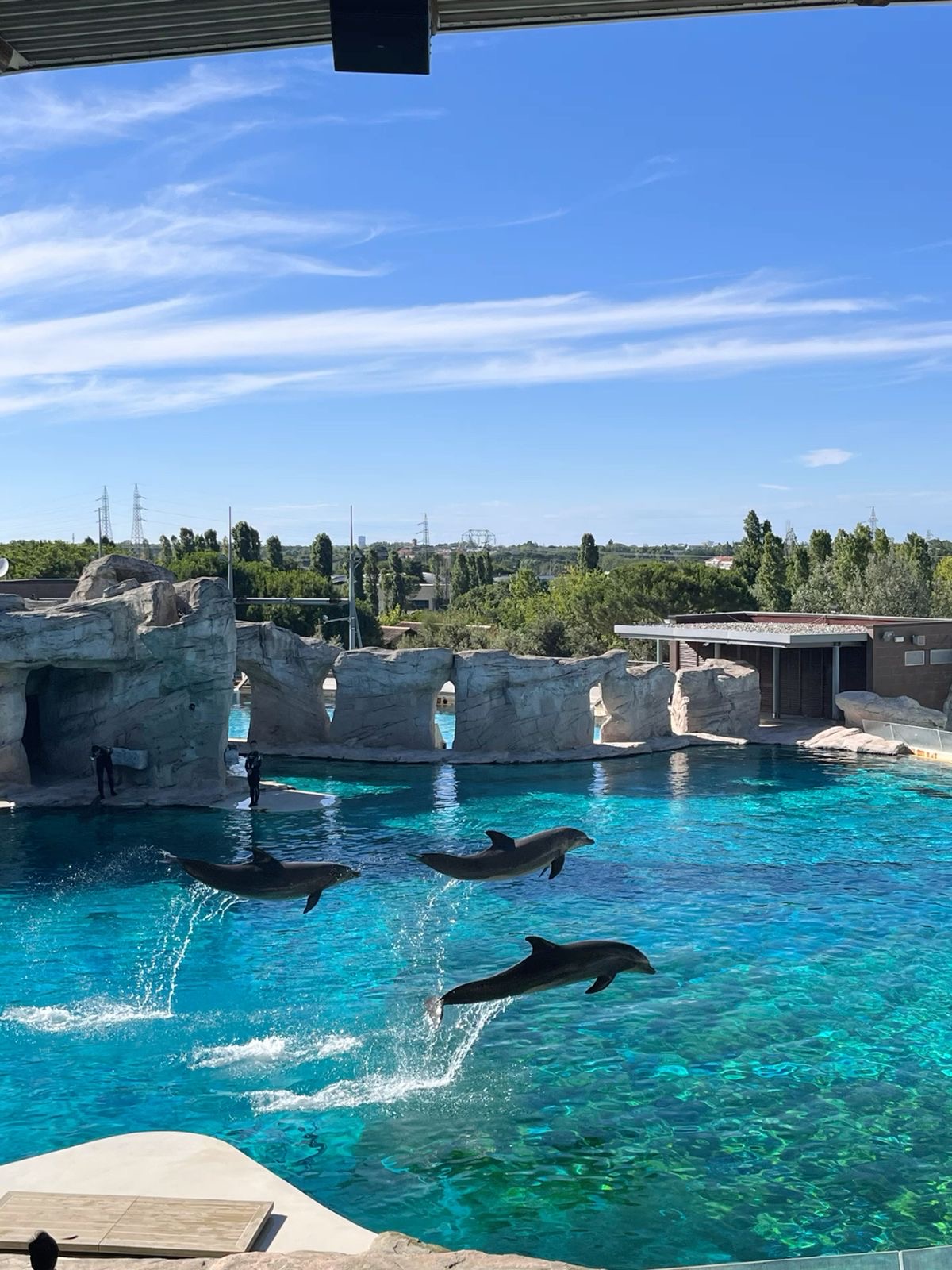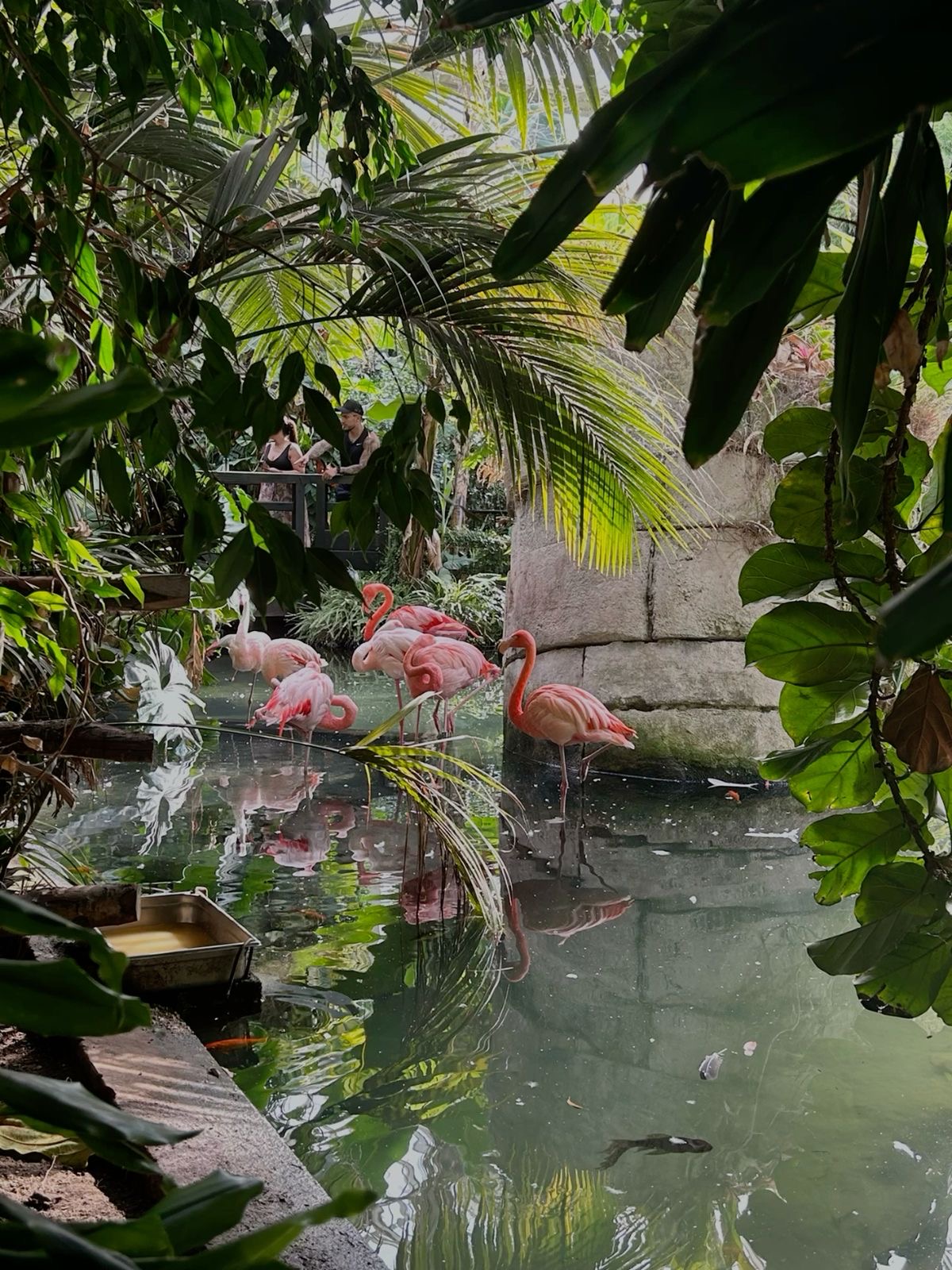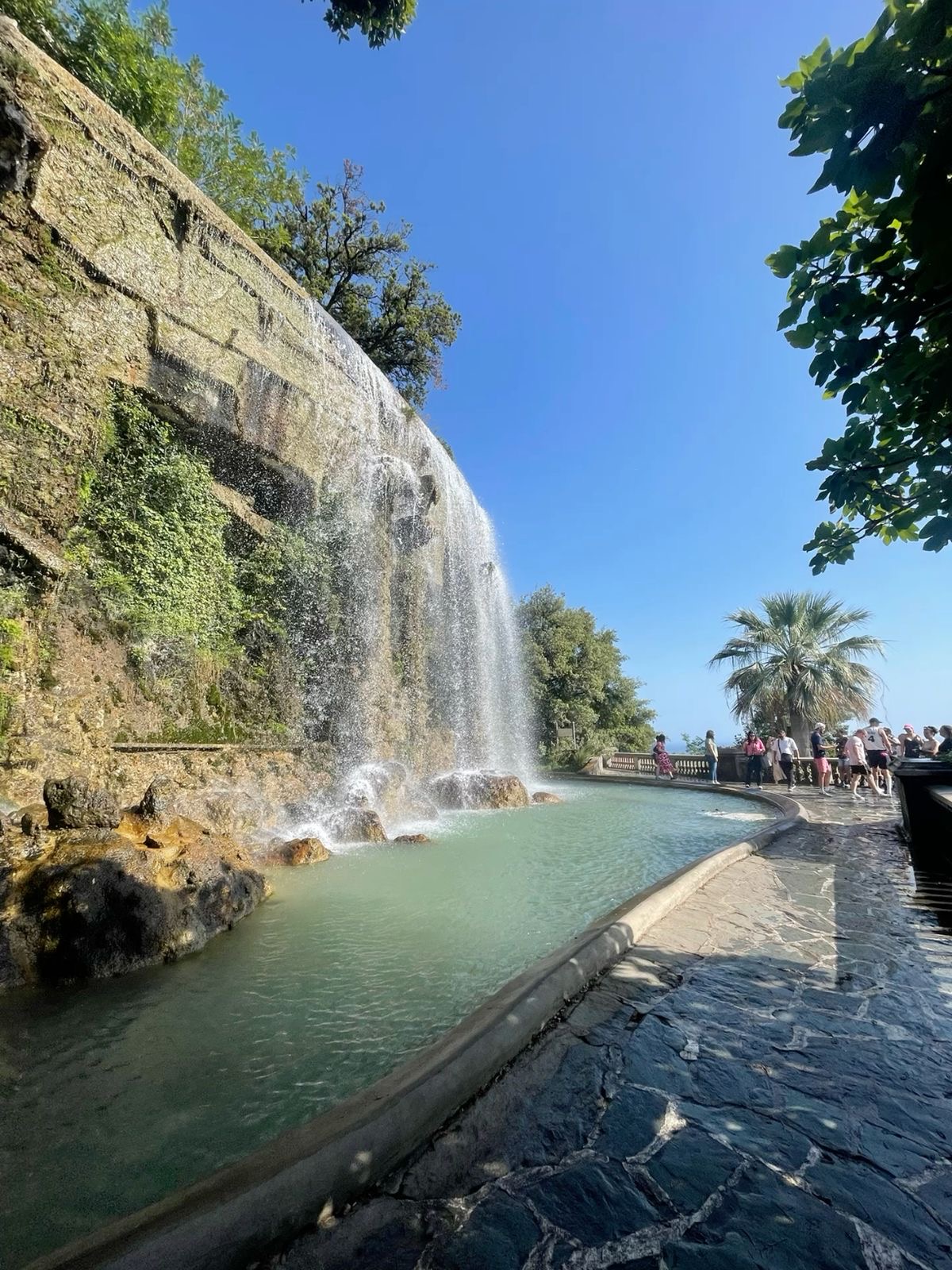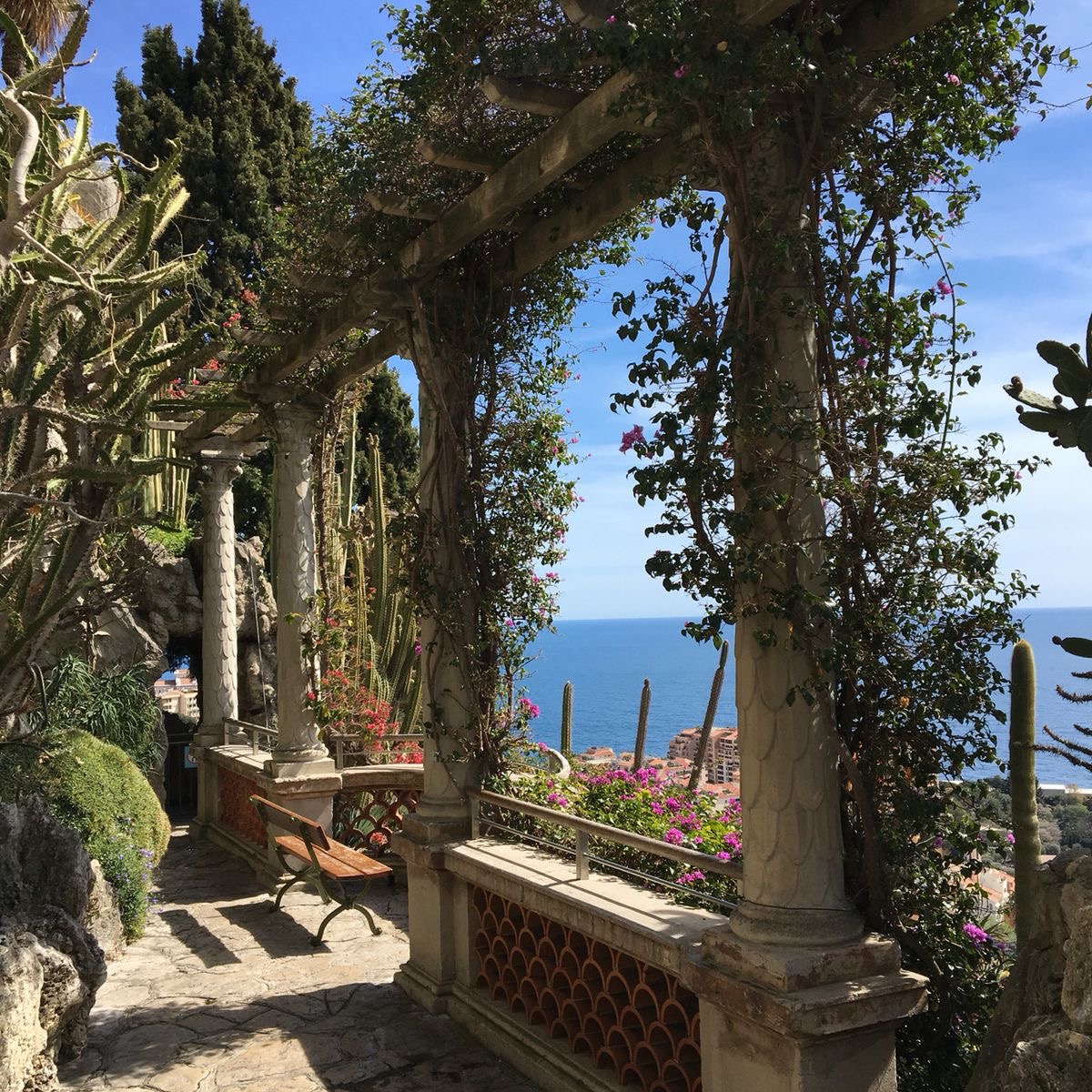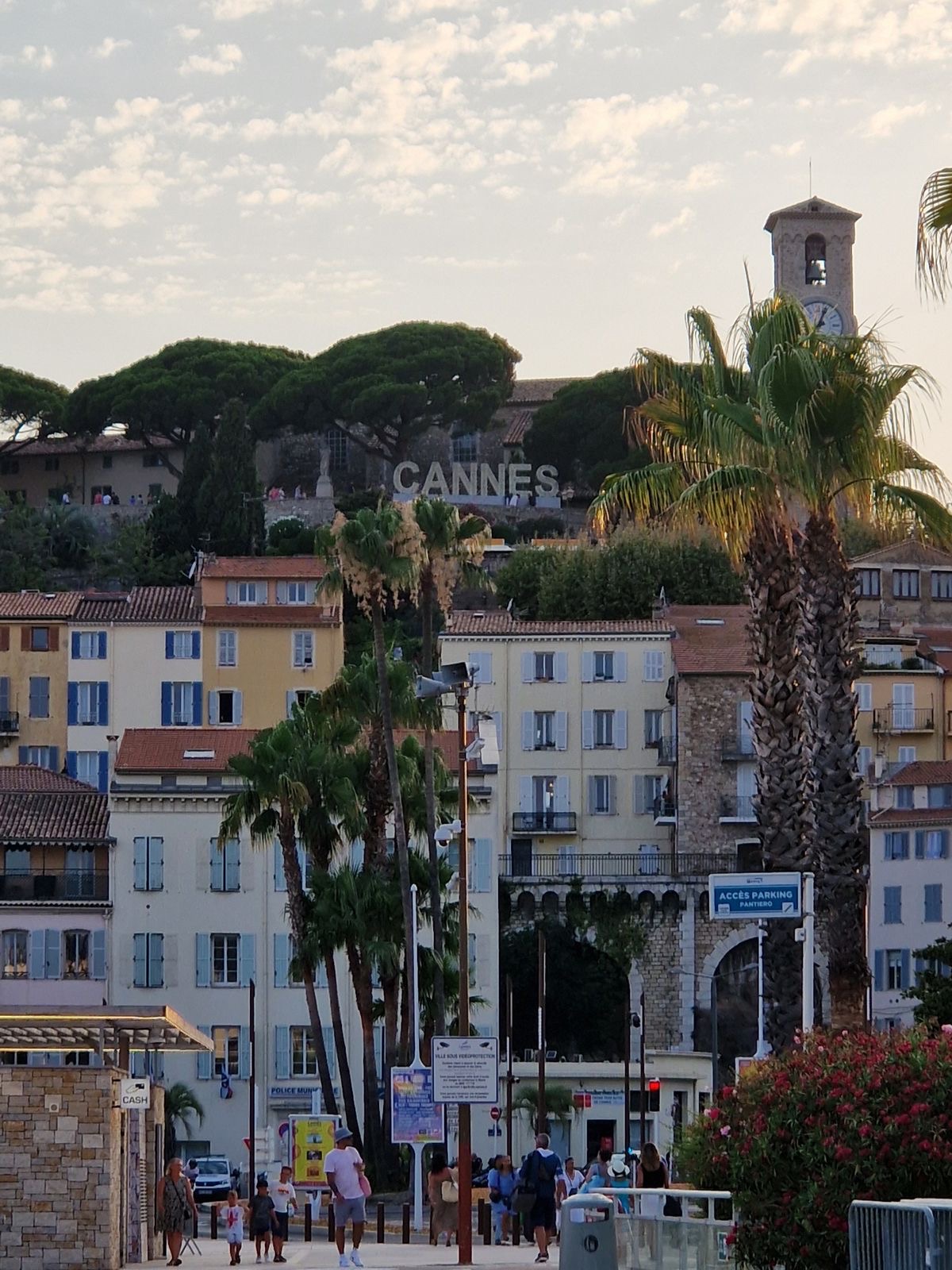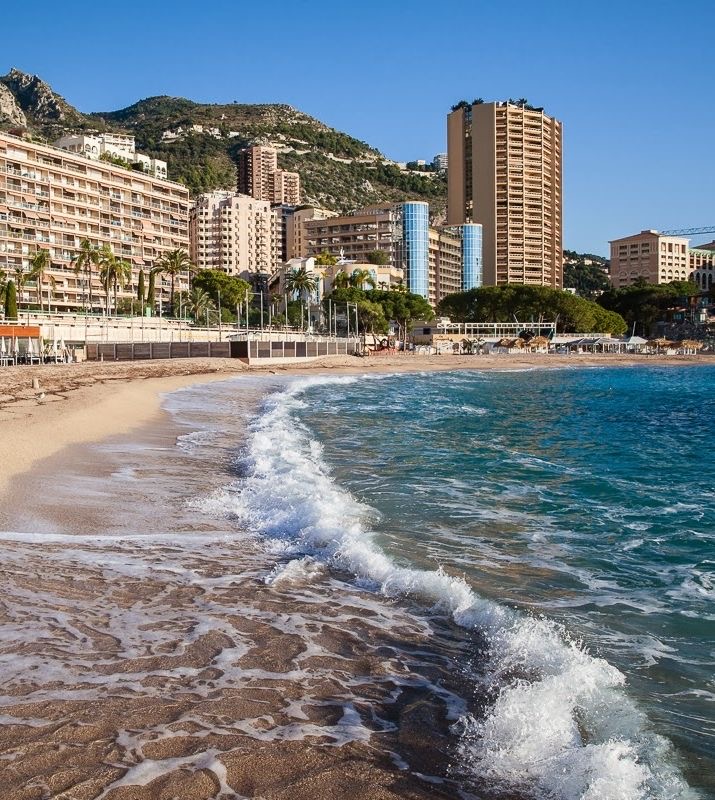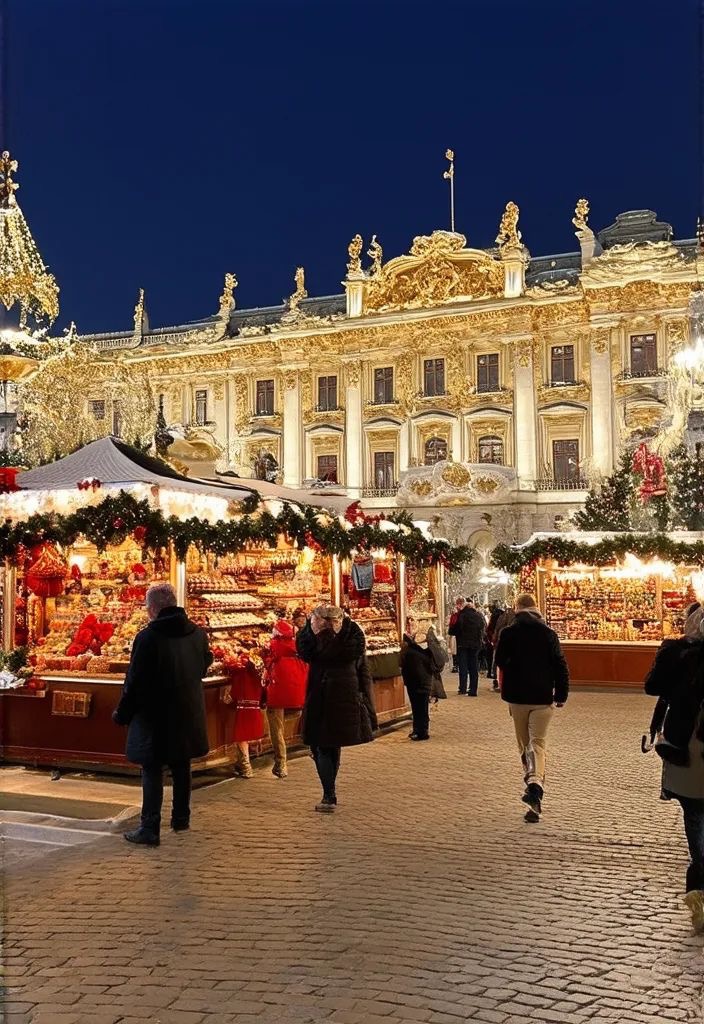
Rathaus: Gothic Splendor and Cultural Heartbeat of Vienna
In the very center of Vienna stands the Rathaus — the city’s grand City Hall and one of its most recognizable landmarks. With its soaring spires, intricate Gothic Revival façade, and lively square, the Rathaus isn’t just a government building; it’s a stage for some of the city’s most beloved events. From bustling Christmas markets to open-air concerts and film festivals, this is where Vienna’s civic pride meets cultural celebration.
A Monument to Vienna’s Ambition
The Rathaus was built between 1872 and 1883, during a period when Vienna was rapidly growing and transforming into a modern European capital. Designed by architect Friedrich von Schmidt, the building’s Gothic Revival style was inspired by Flemish town halls, with a central tower that reaches 98 meters high.
At the very top stands Rathausmann, a knightly figure holding a lance, who has become an unofficial mascot of the city. Inside, the Rathaus is just as grand, with marble staircases, ornate halls, and elegant chambers still used for municipal affairs today.
More Than a City Hall
While the Rathaus serves as the headquarters of Vienna’s mayor and city council, its surrounding square — Rathausplatz — is what makes it a hub for residents and visitors alike. Throughout the year, the square transforms for seasonal events:
- Winter: The Vienna Christmas Market fills the square with festive lights, wooden stalls, mulled wine, and an ice-skating rink winding through the park.
- Summer: The open-air Film Festival screens concerts, operas, and films on a giant outdoor screen, with international food stalls adding to the atmosphere.
- Spring & Autumn: Various fairs, cultural festivals, and markets bring music, dance, and flavors from around the world.
If you have some extra time, both Hofburg Palace — the former imperial residence, home to museums, the Spanish Riding School, and the Austrian National Library — and the MuseumsQuartier, Vienna’s lively cultural complex with modern and contemporary art museums, are within easy walking distance. This makes Rathaus a perfect starting point for a full day of exploration combining architecture, history, and culture. Click here (Hofburg Palace article) for more information about Hofburg Palace and here (MuseumsQuartier article) about MuseumsQuartier.
Rathaus by Night
When illuminated after sunset, the Rathaus looks like something out of a fairy tale. The spires glow against the night sky, and the surrounding square becomes even more atmospheric — whether filled with festive market stalls or the hum of an evening crowd enjoying summer films.
📩 Want to take in a concert, enjoy a leisurely stroll through the market, or watch an evening film without juggling strollers and cocoa cups? Non Stop Nanny Babysitting offers trusted, English-speaking childcare in Vienna.
Send a babysitter request here
⚡ Know Before You Go
- Best Time to Visit: During an event (Christmas Market in winter, Film Festival in summer) for the full experience.
- What to Bring: Camera, comfortable shoes, and seasonal essentials — from scarves and gloves in winter to sunglasses in summer.
- Tickets: The square is free to enter; guided tours of the building are available on select days.
- Getting There: Located on the Ringstrasse, accessible via U2 metro (Rathaus station) or several tram lines.
- Family Tips: Visit earlier in the day for fewer crowds if traveling with young children. Hofburg Palace and MuseumsQuartier are nearby for additional cultural exploration with minimal walking.
Why You’ll Love It
The Rathaus is more than a stunning Gothic landmark — it’s a living part of Vienna’s cultural calendar. Whether you’re admiring its architecture, sipping punch at the Christmas market, or watching a summer film under the stars, the Rathaus offers a glimpse into the city’s spirit, all set against a breathtaking historic backdrop.
